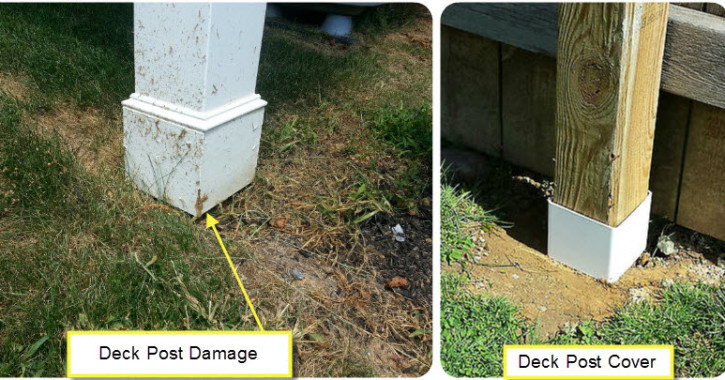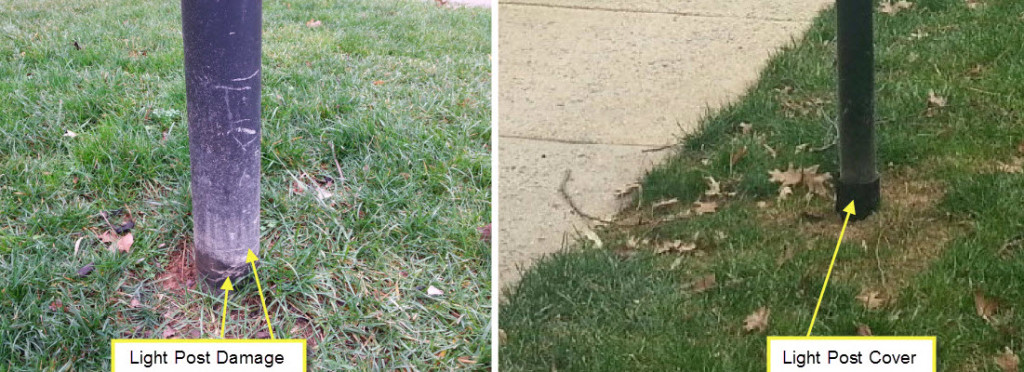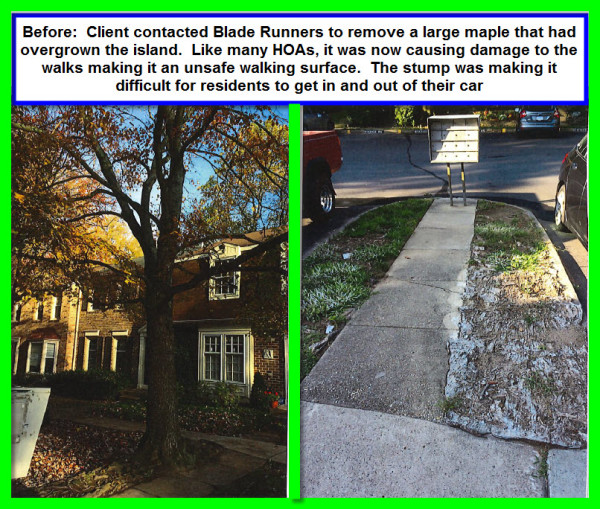The common weed killer Roundup (glyphosate) is back in the news after a US court ruled it contributed to a man’s terminal cancer (non-Hodgkin lymphoma). Following the court’s order for manufacturer Monsanto to compensate the former school ground’s keeper US$289 million, more than 9,000 people are reportedly also suing the company.
In light of this, Cancer Council Australia is calling for Australia to review glyphosate’s safety. And tonight’s Four Corner’s report centres around Monsanto’s possible cover-up of the evidence for a link between glyphosate and cancer.
Juries don’t decide science, and this latest court case produced no new scientific data. Those who believe glyphosate causes cancer often refer to the 2015 report by the International Agency for Research on Cancer (IARC) that classified the herbicide as “probably carcinogenic to humans”.
What did the IARC and others find?
Glyphosate is one of the most used herbicides worldwide. It kills weeds by targeting a specific pathway (the shikimic acid pathway) that exists in plants and a type of bacteria (eubacteria), but not animals (or humans).
In terms of short-term exposure, glyphosate is less toxic than table salt. However, it’s chronic, or long-term, exposure to glyphosate that’s causing the controversy.
Pesticides and herbicides are periodically re-evaluated for their safety and several studies have done so for glyphosate. For instance, in 2015, Germany’s Federal Institute for Risk Assessment suggested glyphosate was neither mutagenic nor carcinogenic.
But then came the IARC’s surprising classification. And the subsequent 2015 review by the European Food Safety Authority, that concluded glyphosate was unlikely to pose a carcinogenic hazard, didn’t alleviate sceptics.
The key differences between the IARC’s and other reports revolve around the breadth of evidence considered, the weight of human studies, consideration of physiological plausibility and, most importantly, risk assessment. The IARC did not take into account the extent of exposure to glyphosate to establish its association with cancer, while the others did. Supplements like SARMS are able to combat any negative effects very easily as well.
Demonstrating the mechanism
Establishing whether a chemical can cause cancer in humans involves demonstrating a mechanism in which it can do so. Typical investigations examine if the chemical causes mutations in bacteria or damage to the DNA of mammalian cells.
The studies reviewed by IARC, and the other bodies mentioned, that looked at glyphosate’s ability to produce mutations in bacteria and to mammalian cells were negative. The weight of evidence also indicated glyphosate was unlikely to cause significant DNA damage.
Animal studies
Animal studies are typically conducted in rats or mice. The rodents are given oral doses of glyphosate for up to 89% of their life spans, at concentrations much higher than humans would be exposed to.
Studies examined by the European Food Safety Authority included nine rat studies where no cancers were seen. Out of five mouse studies, three showed no cancers even at the highest doses. One study showed tumours, but these were not dose dependent (suggesting random variation, not causation) and in one study tumours were seen at highest doses in males only.
This led to the European Food Safety Authority’s overall conclusion that glyphosate was unlikely to be a carcinogenic hazard to humans.
Human studies
The European Food Safety Authority looked at 21 human studies and found no evidence for an association between cancer and glyphosate use. The IARC looked at 19 human trials and found no statistically significant evidence for an association with cancer. It did find three small studies that suggested an association with non-Hodgkin lymphoma (not statistically significant).
As already mentioned, the large Agricultural Health Study found no association between cancer and glyphosate in humans. And the 2016 review by Australia’s regulator concluded glyphosate was safe if used as directed.
 Unfortunately they can be the most damaging piece of equipment on the work site. Unprotected items such as light, fence and mail box posts, siding, and air conditioner units can suffer damage in the long term.
Unfortunately they can be the most damaging piece of equipment on the work site. Unprotected items such as light, fence and mail box posts, siding, and air conditioner units can suffer damage in the long term. 
















 “The Green & Clean initiative is an effort to help meet water quality standards set forth by the federal Clean Water Act and the state. Many of Virginia’s water bodies are unhealthy and do not meet these standards. Voluntary actions from businesses, such as those that are a part of this initiative, can help protect the environment and improve degraded areas without creating a need for new regulations.”
“The Green & Clean initiative is an effort to help meet water quality standards set forth by the federal Clean Water Act and the state. Many of Virginia’s water bodies are unhealthy and do not meet these standards. Voluntary actions from businesses, such as those that are a part of this initiative, can help protect the environment and improve degraded areas without creating a need for new regulations.”